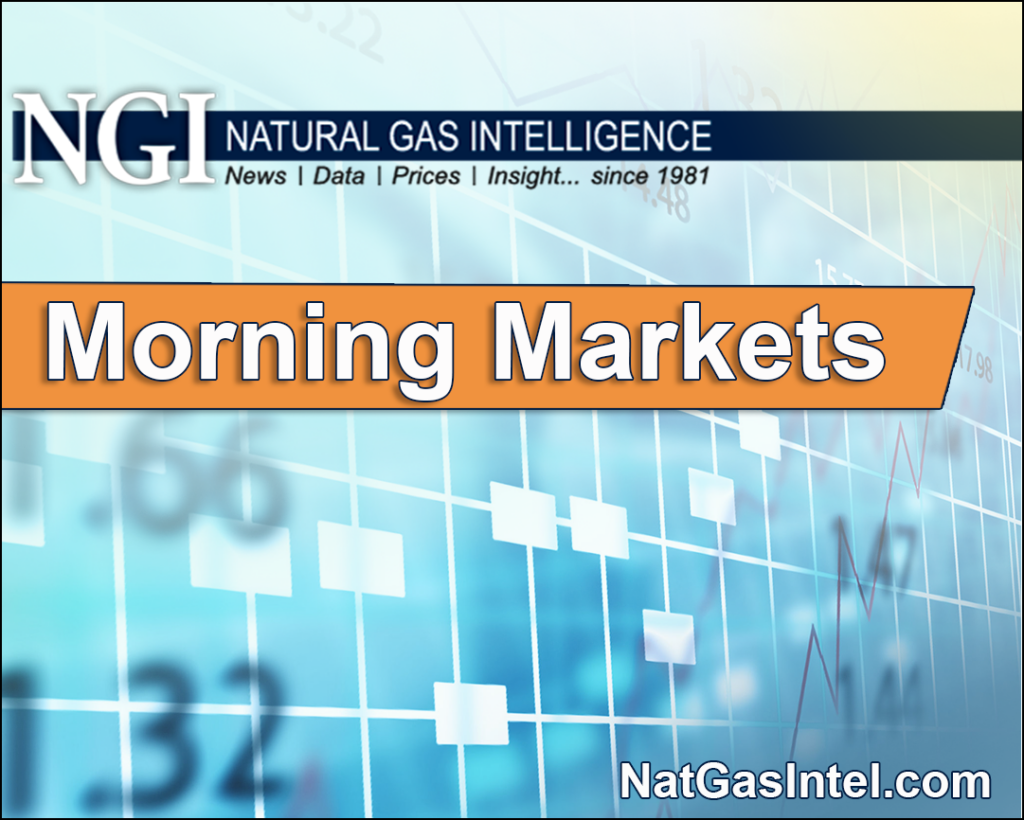August Natural Gas Pares Losses as Summer Heat Continues to Support Demand
Natural gas futures were trading close to even early Tuesday as the market continued to weigh hotter-than-normal summer temperatures against indications of underlying looseness in the supply/demand balance. Paring its losses from the previous session, the August contract was trading 1.3 cents higher at $1.654/MMBtu at around 8:40 a.m. ET.

In the overnight weather data, the Global Forecast System’s outlook remained mostly unchanged, while the European model dropped 5 cooling degree days (CDD), extending declines from Monday afternoon, according to NatGasWeather.
“Both held a hotter-than-normal pattern into early August but with the European not seeing the upper ridge quite as hot/strong over the northeastern U.S.,” the forecaster said. “The European had been consistently hotter than the rest of the data, so the fact it finally lost some demand” now brings it closer to other models.
“However, this could disappoint the natural gas markets since it was the most bullish of the weather models going back to last week.”
Cooling loads in the Northeast pushed Energy Information Administration East region demand to a summer-to-date high on Monday, according to estimates from Genscape Inc.
“Our East demand sample hit 28.6 Bcf/d” on Monday, “a 1.5 Bcf/d gain day/day and the highest demand level since June,” Genscape analyst Josh Garcia said. “…This demand spike was centered in Appalachia and New England, where cooling degree days were over double 30-year norms, according to Genscape meteorologists.”
Demand in the Southeast and Mid-Atlantic was not as strong, however, hovering closer to 30-year norms, Genscape estimates show.
Despite the robust July heat, cash prices have remained muted.
“The cap on cash price upside highlights the extent of the damage from Covid-19 to end-use demand and export markets,” Energy Aspects said in a recent note to clients. Given the extent of weakness in liquefied natural gas (LNG) feed gas demand “and market consensus that end-October inventories will soon look quite full, the uplift from weather is a short-term salve for market looseness ahead of the shoulder season.
“However, it should also signal caution for price formation in the weeks ahead when national population-weighted CDD counts will not be enough to sponge away excess supply,” the firm said. “This puts a significant onus on the LNG feed gas demand trajectory…and the shape of an associated production recovery once most of the shut-ins are bought online.”
August crude oil futures were up $1.11 to $41.92/bbl at around 8:40 a.m. ET, while August RBOB gasoline was up about 4.3 cents to $1.2719/gal.
© 2024 Natural Gas Intelligence. All rights reserved.
ISSN © 1532-1231 | ISSN © 2577-9877 |


